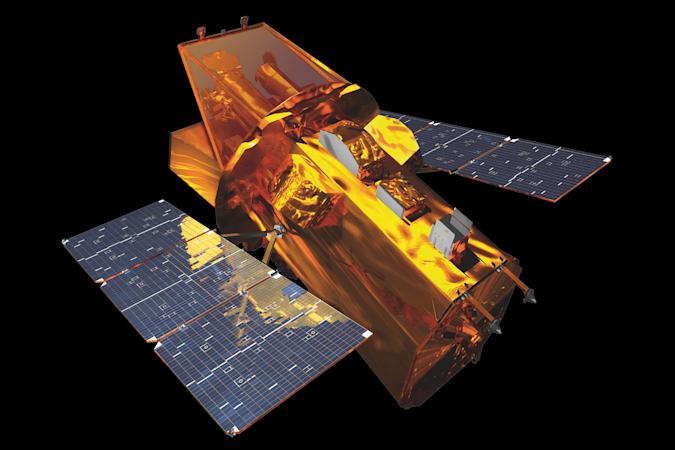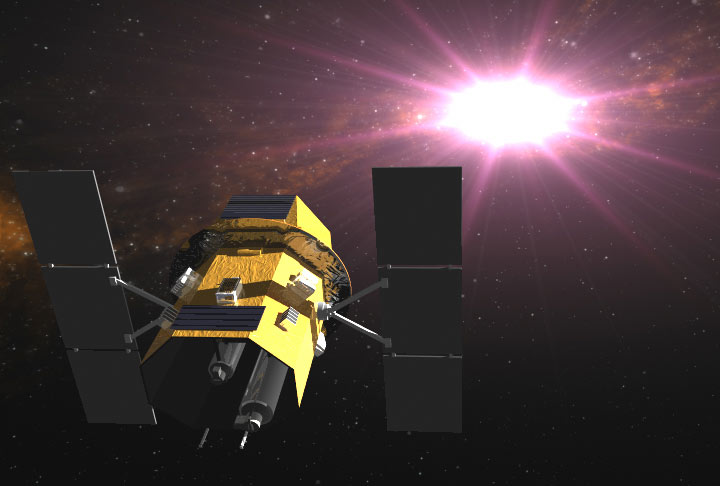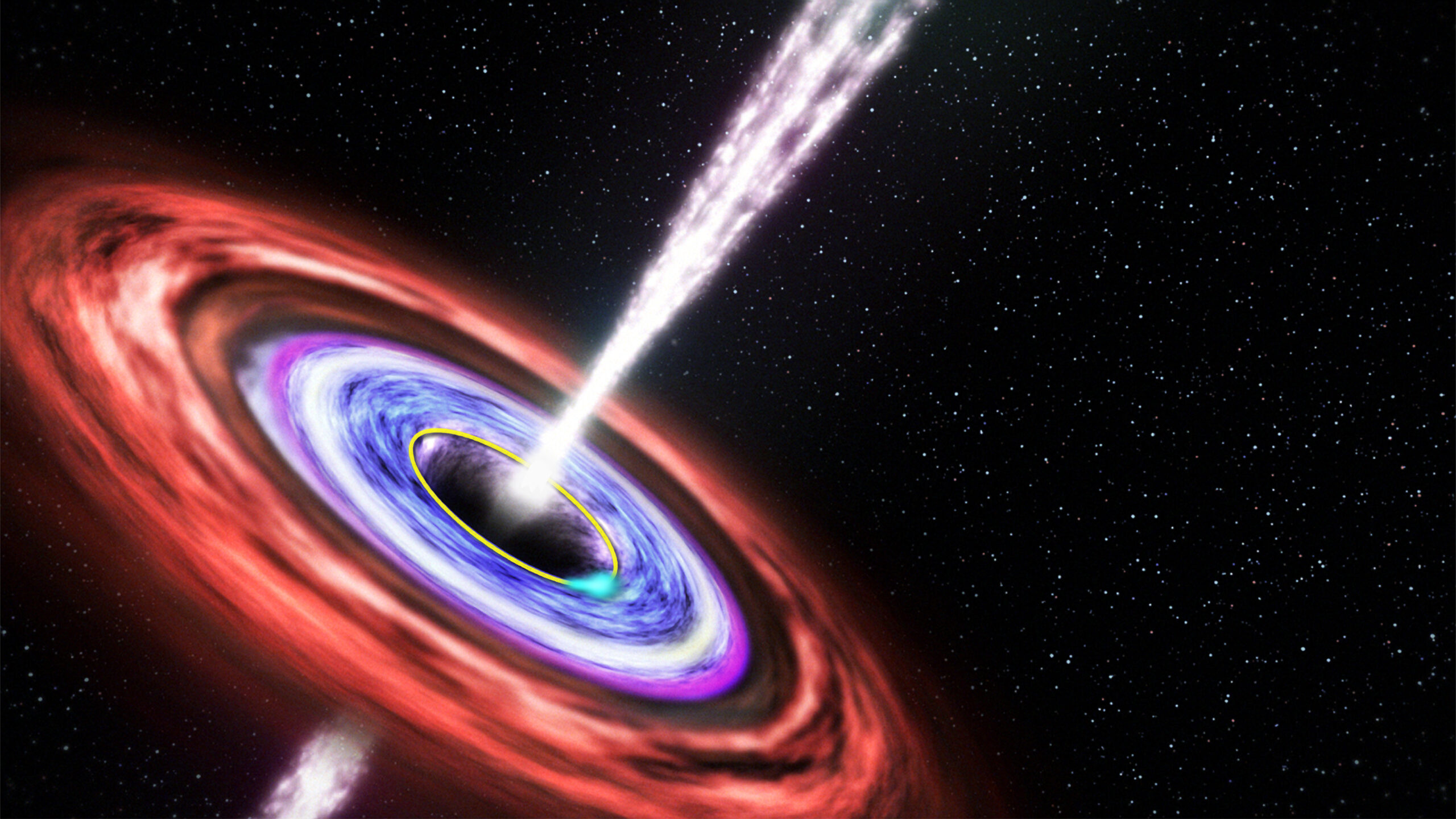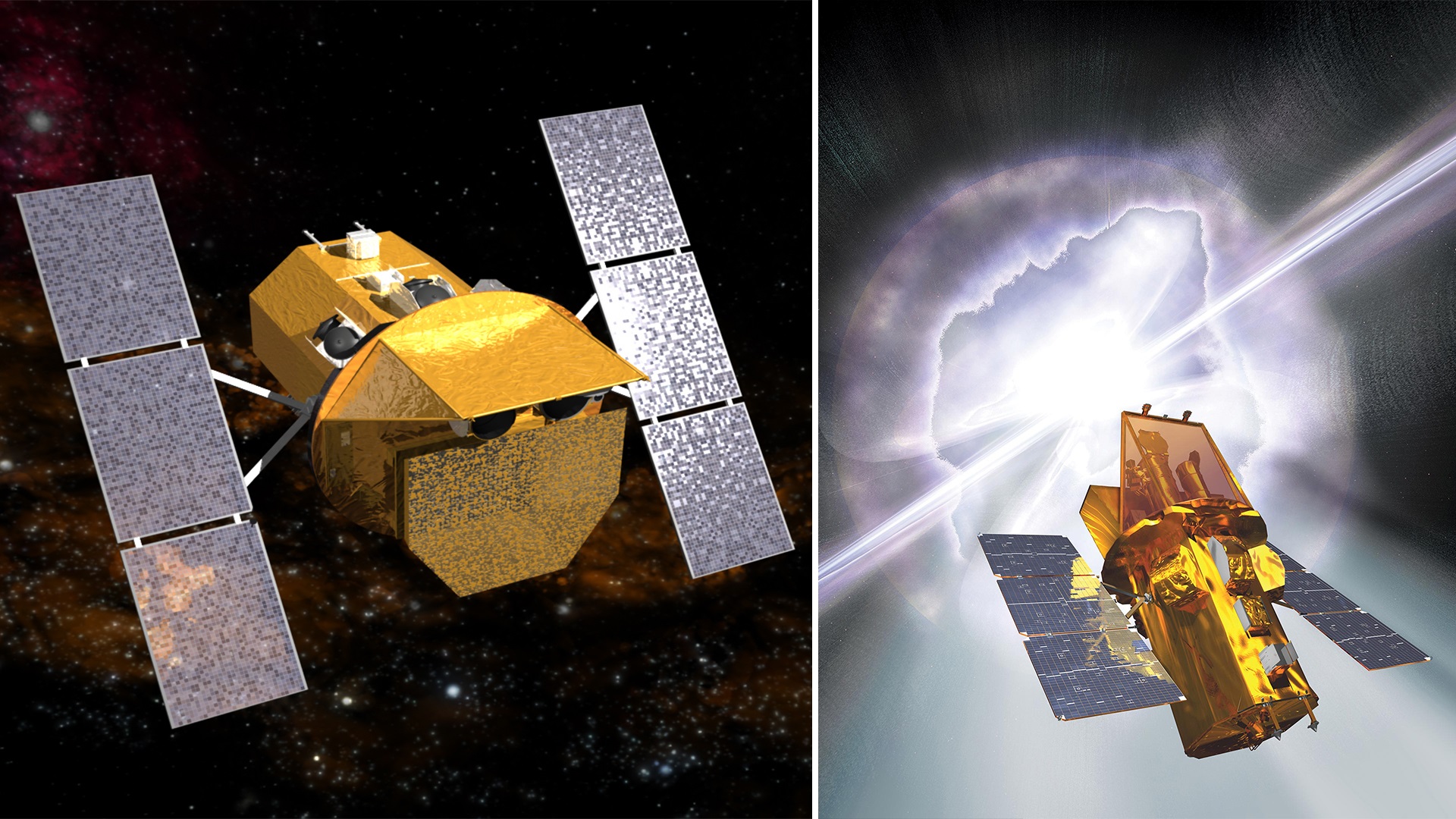The orbiting Neil Gehrels Swift Observatory has been placed in safe mode by NASA owing to a suspected defective reaction wheel, the first time this sort of failure has happened in the observatory’s 17-year history.

Swift was turned off on January 18th, according to NASA. All research activities have been temporarily paused, therefore astronomers should refrain from requesting observation time, according to a team of scientists and engineers from Pennsylvania State University working at the Swift Mission Operations Center (MOC).
According to NASA, “the mission team is exploring a suspected failure of one of the spacecraft’s reaction wheels as the reason.” “The suspected wheel has been turned off by the team.
The observatory and all of its equipment are otherwise in good working order. As a precaution, the observatory will stay in safe mode until the team studies the problem further.”
Swift features six reaction wheels that allow it to adjust its platform in order to target gamma-ray bursts while remaining steady. With one wheel broken, the crew is using the other five wheels to attempt to get the observatory back up and operating.
The Swift Observatory’s science instruments went into safe mode after a possible reaction wheel failure. Pointed science observations are temporarily suspended while the team investigates the issue. The instruments and other 5 wheels remain in good health. https://t.co/6rYTyu6yTg pic.twitter.com/tCkLU7jdSA
— NASA Universe (@NASAUniverse) January 20, 2022
According to Brad Cenko, principal investigator for NASA’s Goddard Space Flight Center’s Neil Gehrels Swift Observatory, “Swift carries no consumables (eg, fuel) on-board, so end-of-life would occur either due to some critical hardware eventually failing, or the satellite will reenter the atmosphere.”
“Because the observatory has been effectively working for almost 17 years and re-entry is not expected until the early 2030s, we anticipate many more years of wonderful research in the future.”
Swift was launched in 2004, and its search for gamma-ray bursts started in 2005. The most intense kinds of radiation are aggressively ejected during these bursts, which may last anywhere from many minutes to a few moments.

They may be created when a big star falls into a black hole or when two neutron stars crash, according to astronomers.
“Swift completes a 30-year quest to understand the physics of gamma-ray bursts, flashes of light that blaze as intense as a billion suns,” NASA’s Goddard Space Flight Center’s deputy center director Anne Kinney earlier said.
“Swift has been fine-tuned to identify these bursts rapidly and analyze them in several wavelengths before they vanish forever.” Swift is a little satellite with voracious hunger.”
Swift can examine these strange occurrences in gamma-ray, X-ray, ultraviolet, and optical wavelengths, thanks to three distinct telescopes.
Its Burst Alert Telescope (BAT) detects explosions and registers their positions in space so it may reposition to obtain a better view of what is going on. Its X-ray telescope and Ultraviolet/Optical Telescope may continue to monitor the leftover afterglow long after the gamma-ray burst event has stopped.
Although these explosive bursts are simple to see, studying them is tough. Because the energetic waves are obstructed by Earth’s atmosphere, ground-based telescopes can not see the light released by the flares.

Detecting one of the most distant gamma-ray bursts ever recorded, the brightest cosmic event detectable to the naked eye, to elusive intergalactic high-energy neutrinos, Swift has made a number of discoveries over its existence.
Source: TheRegister

